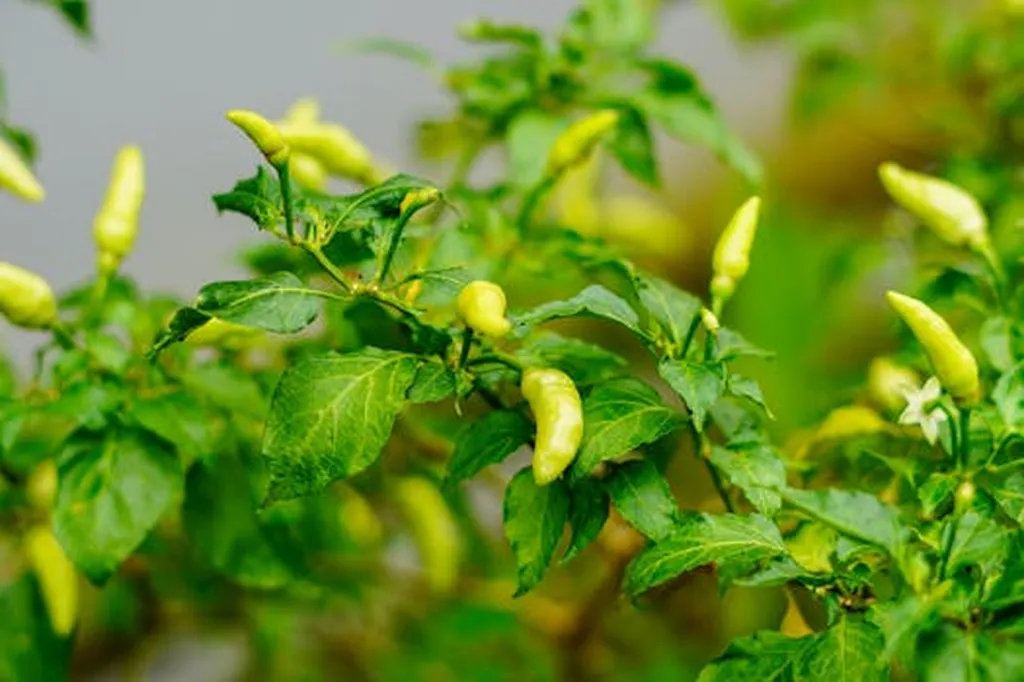In the heart of Oman, a groundbreaking study is reshaping the future of agriculture, promising smarter decisions and enhanced productivity. Hemalatha Gunasekaran, a researcher from the College of Computing and Information Sciences at the University of Technology and Applied Sciences in Ibri, has developed an advanced crop recommendation system that leverages the power of ensemble learning and machine learning models. This innovative approach could significantly impact not just agriculture but also the energy sector, which is closely intertwined with agricultural productivity.
Gunasekaran’s research, published in ‘Engineering Proceedings’ (translated to English as ‘Proceedings of Engineering’), focuses on integrating multiple machine learning models to create a robust crop recommendation system. The system uses data collected from IoT sensors and synthetic data generated using CTGAN to provide recommendations for 22 different crops. Key features like nitrogen, phosphorus, potassium, soil pH, humidity, and rainfall are taken into account to ensure accurate predictions.
The study compares the performance of various machine learning models, including linear regression, support vector machine, decision tree, naïve Bayes, K-nearest neighbor, random forest, extra tree classifier, XGBoost, and gradient boost. The ensemble learning models, which combine multiple models for improved performance, showed remarkable results. Among these, the stacking ensemble model achieved the highest accuracy at 99.36%. Further optimization using the Optuna hyper-parameter tuning technique improved the accuracy to 99.43%.
“This research aims to develop a robust crop recommendation system using ensemble learning (EL), which integrates multiple machine learning (ML) models for improved performance,” Gunasekaran explained. “By optimizing this model, we can substantially boost productivity and resource management in agriculture.”
The implications of this research extend beyond the agricultural sector. The energy sector, which relies heavily on agricultural productivity for biofuels and other energy sources, stands to benefit significantly. Accurate crop recommendations can lead to better resource management, reduced waste, and increased efficiency, all of which contribute to a more sustainable energy future.
Gunasekaran’s work is a testament to the power of machine learning and ensemble learning in driving innovation and efficiency. As the world grapples with the challenges of climate change and resource depletion, such advancements become increasingly crucial. The research not only shapes the future of agriculture but also paves the way for a more sustainable and efficient energy sector.
“This study utilizes two datasets: a real-time dataset available on Kaggle, collected using IoT sensors, and a synthetic dataset generated using CTGAN,” Gunasekaran added. “These datasets provide crop recommendations for 22 different crops, based on key features like nitrogen, phosphorus, potassium, soil pH, humidity, and rainfall.”
The commercial impacts of this research are profound. Farmers and agricultural businesses can make data-driven decisions, leading to higher yields and reduced costs. The energy sector can optimize its supply chains and resource allocation, ensuring a steady and sustainable supply of biofuels and other energy sources. As the world moves towards a more sustainable future, such innovations will be at the forefront of driving change.
In conclusion, Hemalatha Gunasekaran’s research represents a significant step forward in the field of agriculture and energy. By leveraging the power of machine learning and ensemble learning, she has developed a system that promises to revolutionize agricultural practices and contribute to a more sustainable energy future. As the world continues to evolve, such innovations will be crucial in addressing the challenges of climate change and resource depletion.

